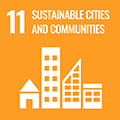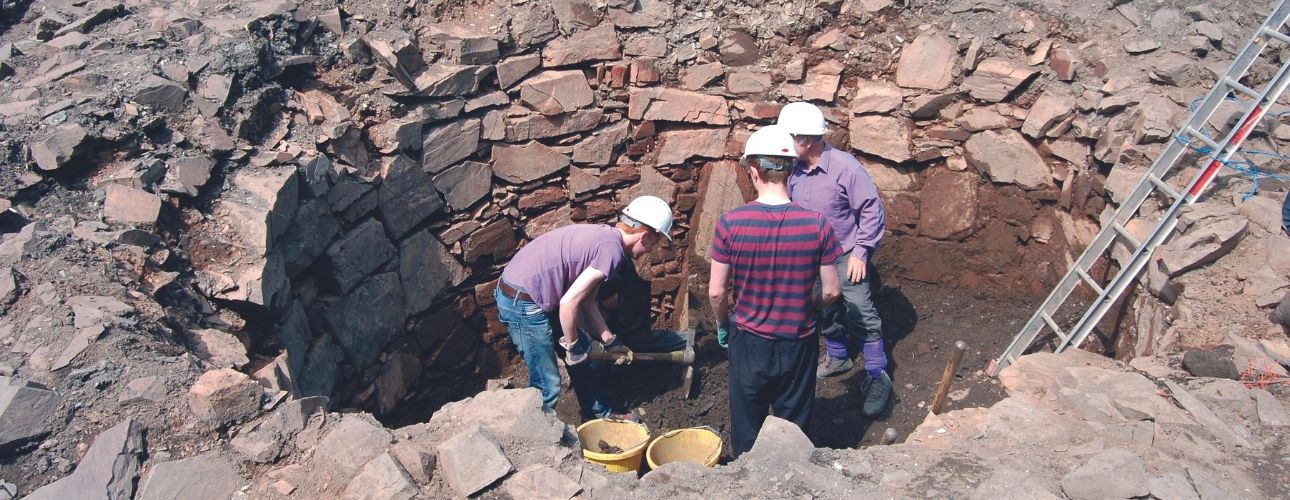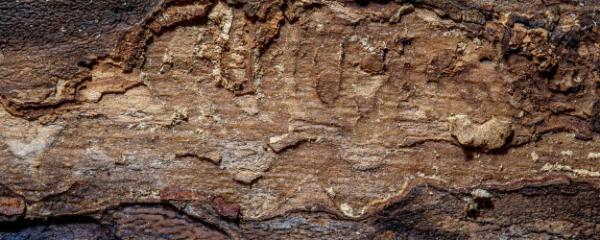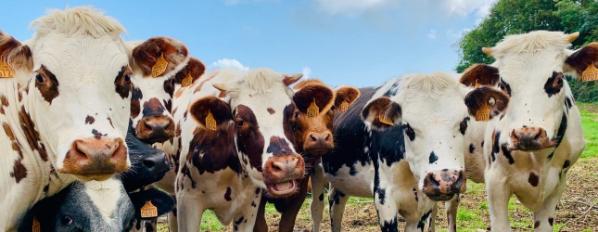Researchers from Queen’s University Archaeology and Paleoecology disciplines are working directly with communities across the world, engaging with heritage organisations such as the World Heritage Centre, ICOMOS, IUCN, The National Trust as well as corporate and government ministries. Their work has brought significant scientific depth and technological advance to the understanding and sharing of the world's heritage, and promotion of its future sustainability.
Research Challenge
UNDERSTANDING AND SHARING OUR WORLD'S HERITAGE
Queen’s University staff from Archaeology and Paleoecology (ArcPal) conducted research at 10 UNESCO World Heritage sites (WHS) on four continents, with wide-ranging and measurable impact in these and other protected areas. These are:
- The Hal Saflieni Hypogeum, Malta
- The Megalithic Temples - Ġgantija, Ħaġar Qim, Mnajdra, Skorba, Ta’ Ħaġrat and Tarxien - of Malta
- The Sinharaja Forest Reserve, Sri Lanka
- The Tràng An Landscape Complex, Vietnam
- The Historic Mosque City of Bagerhat, Bangladesh
- Rapa Nui National Park, Polynesia
- Chan Chan Archaeological Zone, Peru
- The Old and New Towns of Edinburgh, Scotland
- The Ruins of Kilwa Kisiwani, Tanzania
- The Giant's Causeway and Causeway Coast, Northern Ireland
Our Approach
GROUNDBREAKING EXPLORATIONS
The research included the ERC-Funded FRAGSUS (Fragility and Sustainability in restricted island environments) project in Malta and Gozo, which explored insularity, adaptation and resilience to environmental change in the Neolithic, using landscapes, sites and human remains. This groundbreaking work prompted a series of documentaries by Smithsonian Films and other film makers, and had a transformative effect on the permanent content of museum exhibitions, site presentation, popular literature, heritage interpretation and conservation in Malta and Gozo.
Research in Vietnam uses archaeological and paleoenvironmental evidence to explore how cultural and biological communities adapted to past cycles of coastal inundation in the Red River Delta in Tràng An. With coastal ecosystems recognised as vital to climate-change adaptation, these results suggest that mangrove rehabilitation within Tràng An and comparable locations could create stable forest cores, capable of helping to limit impacts from predicted regional sea-level rise. The research was also recognised as crucial to the State Party of Vietnam to claim in its successful World Heritage submission that Tràng An is the most outstanding locale within Southeast Asia. Leadership in sustainable management practice has included spearheading collaboration between local NGOs, government and industry to reintroduce a Critically Endangered primate as well as funding conservation training for 60+ local staff.
Other work explores the intersection between technology and site management, specifically, how non-invasive technologies can be used to manage World Heritage properties in Ireland, Moldova and the USA. It includes boundary demarcation and inventory and has also explored how geospatial analysis can be used to better understand and communicate the outstanding universal value (OUV) of these places.
‘Queen’s research has brought lasting impact on policy and heritage decision making, and alongside communities, has enabled the promotion of heritage protection in tandem with socio-economic well-being'.
What impact did it make?
A LASTING IMPACT ON HERITAGE POLICY
The research and engagement carried out by Queen’s researchers has brought lasting impact on policy and heritage decision making, as well as cutting-edge technologies and scientific practice to new places and communities, enabling accurate and informed contributions that promote heritage protection in tandem with socio-economic well-being.
The work has directly impacted the inscription, management and presentation of World Heritage Sites in multiple countries. Working in collaboration with international heritage organisations, it is helping to define best practice and build sustainable and effective implementation of future heritage conservation.
The research has promoted and shaped heritage management best practice and capacity building, advancing public engagement through diverse media; and has helped develop local legislative policy and global protection plans.
Our impact
Impact related to the UN Sustainable Development Goals
Learn more about Queen’s University’s commitment to nurturing a culture of sustainability and achieving the Sustainable Development Goals (SDGs) through research and education.










